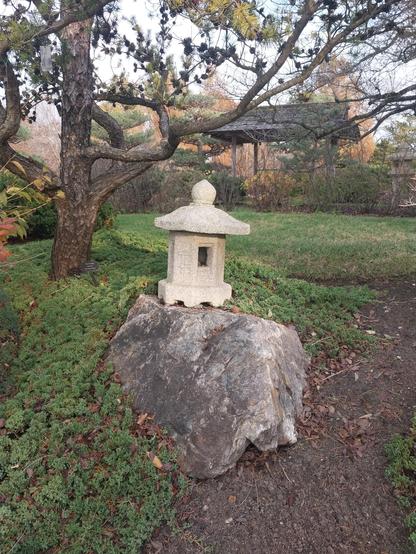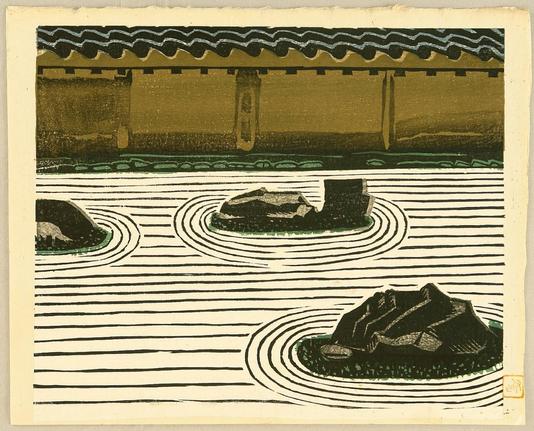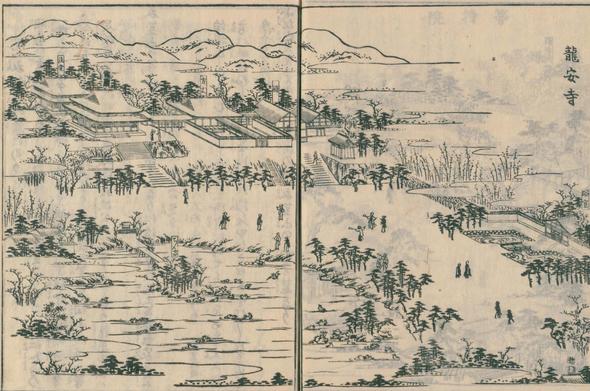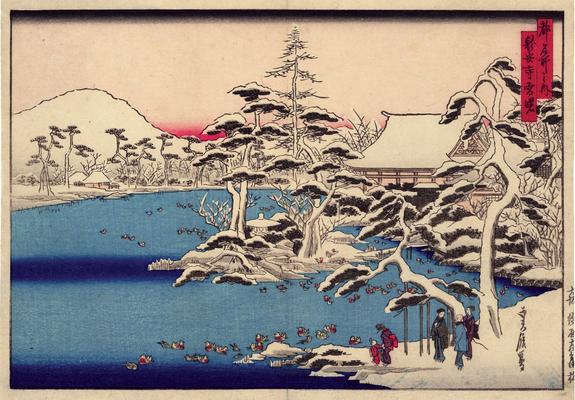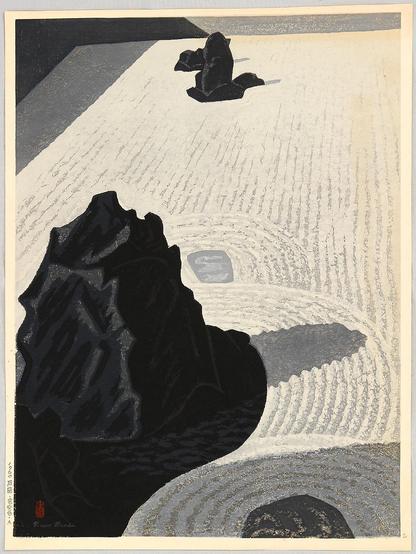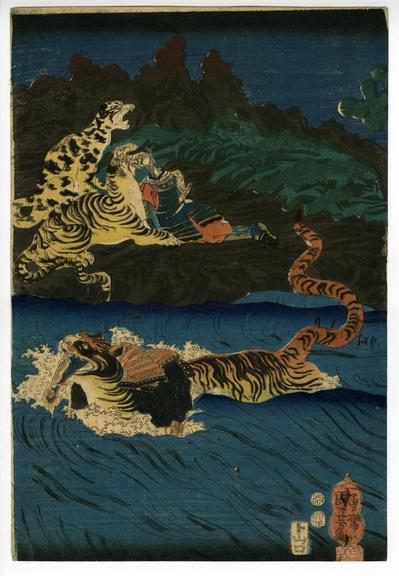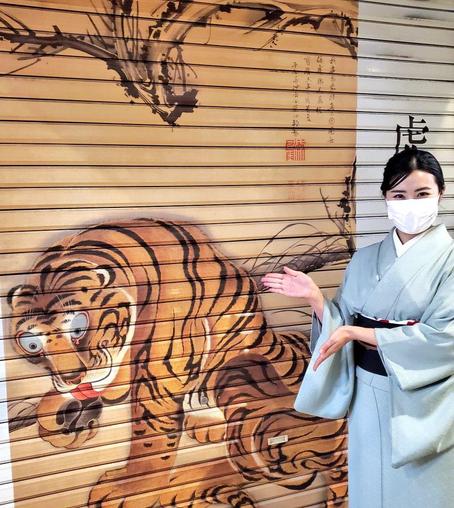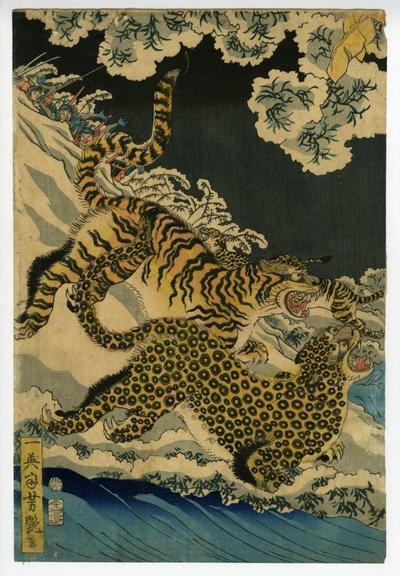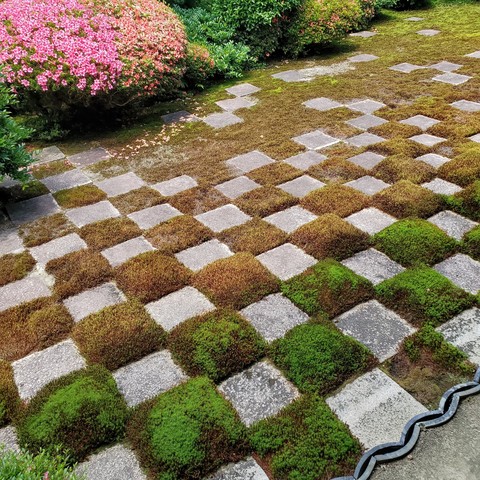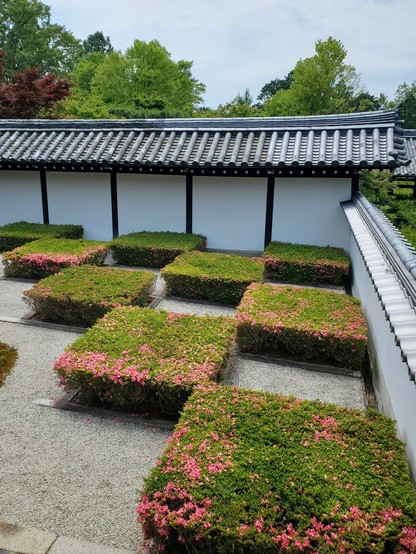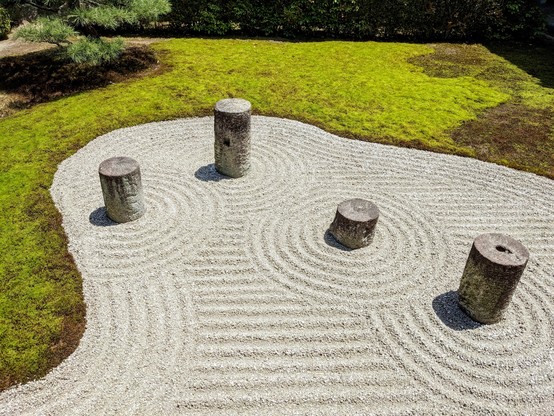In #Edo times, a #daimyo (feudal lord) or aristocrat telegraphed wealth via his estate and gardens. This elegant, cedar-shingled gate indicates that the garden beyond
In #Edo times, a #daimyo (feudal lord) or aristocrat telegraphed wealth via his estate and gardens. This elegant, cedar-shingled gate indicates that the garden beyond
11) CRANE TORTOISE GARDEN (鶴亀の庭)🐢
Modern landscape-historian Shigemori Mirei (重森三玲) described it as the pinnacle of a Crane-Tortoise (鶴亀 'tsurukame') and Hōrai (蓬莱の庭 'Island of Perpetual Youth') style garden, which included a Sanzon-seki (三尊石 'Triad Stones').
#Kyoto #Japan #Ryoanji #garden #japanesegarden #drylandscapegarden
5) CROSSING OF THE TIGER CUBS (虎の子渡し 'Tora-no-ko-watashi')🐅
A mother tiger has to cross a river. She has 3 cubs, but can carry only one at a time.
One cub was born a leopard and if left alone will devour the other cubs.
The positioning of the rocks may answer the riddle.
The 'tora-no-ko-watashi' riddle is an odd one, based on the Chinese tale 'Guixin Zashi' (癸辛雑識).
#Ryoanji #龍安寺 #tiger #garden #drylandscapegarden #zen #虎の子渡し
In 1938 Mirei Shigemori (重森三玲) was commissioned to restore the gardens around the temple's Hōjō (方丈) as his first major work.
He created 4 unique 'karesansui' gardens (枯山水): North (北庭/市松の庭), West (西庭/井田の庭), South (南庭/前庭) and East (東庭/八相の庭).
